In the ancient town of Soest, known for its medieval charm and sandstone architecture, there exists a far more modern pursuit—though with equally historic roots. The Ortsverband Soest (O17), part of the Deutscher Amateur-Radio-Club (DARC), has been operating for over half a century, blending old-world community with cutting-edge communication.
A Quiet Institution in the Heart of Westphalia
Founded more than 50 years ago, O17 continues to serve as a cornerstone for local enthusiasts of wireless communication. These aren’t mere hobbyists tinkering in solitude—this is a collective of highly engaged operators participating in national contests, activating field locations, and adapting swiftly to regulatory changes. Their existence reflects the broader DARC ethos: resilience through relevance.
Despite being part of a network of over 1,000 local chapters, O17 manages to stand out. Their engagement with the public—through their photo albums, club activities, and educational outreach—suggests a deep awareness that amateur radio must be more than just an RF signal; it must also be a signal to the wider community that curiosity, science, and dialogue are alive and well.
Frequency Allocation and the Power of Adaptability
On November 11, 2017, the German Frequenzverordnung underwent a modest but notable revision. Amateurs were granted secondary access to two key ranges: 5351.5–5366.5 kHz (15W EIRP) and 50.03–51 MHz (25W ERP). This may sound esoteric to outsiders, but for O17, it was a clarion call—expanding the available spectrum meant new experimentation, broader reach, and even more reason to stay engaged.
These allocations, secondary though they may be, underscore the regulatory respect earned by amateur radio operators—responsible, disciplined, and technically proficient citizens of the airwaves.
DXing in the Arnsberger Wald
For O17, the call of the wild is often literal. On August 13, the club activated DK0IA/p from DLFF-038, the Naturpark Arnsberger Wald, making over 60 QSOs on 20 meters using a modest TS-450SAT and a portable Fritzel GPA-30 antenna. Contacts spanned continents, including an extended conversation with Herbert Z21LS in Zimbabwe—a reminder that while borders exist on maps, they vanish on HF.
A week later, the installation of a donated FD-4 antenna triggered a small pile-up on 40 meters—proof that with a little coax and collective effort, the ether still hums with possibility.
An Invitation to Listen—and to Transmit
At its best, amateur radio is a paradox: deeply technical, yet profoundly human. O17 exemplifies this. From the nuanced management of propagation conditions to the warmth of handwritten QSL cards, the Soest operators are simultaneously engineers, storytellers, and diplomats.
Their activities—whether contesting or field-day operations—don’t just preserve the past; they actively wire the present to the future. And for a town steeped in Hanseatic legacy, the Hanse-Diplom offered by the club is more than just a certificate—it’s a bridge between eras.
Final Thoughts
In a world dominated by smartphones and instantaneous messages, the existence and vitality of Ortsverband Soest is both anachronistic and visionary. In RF they trust, but in each other they believe. From regulatory shifts to rain-soaked field operations, O17 endures—not merely as a club, but as a node in Germany’s living circuit of technical curiosity and civic cooperation.

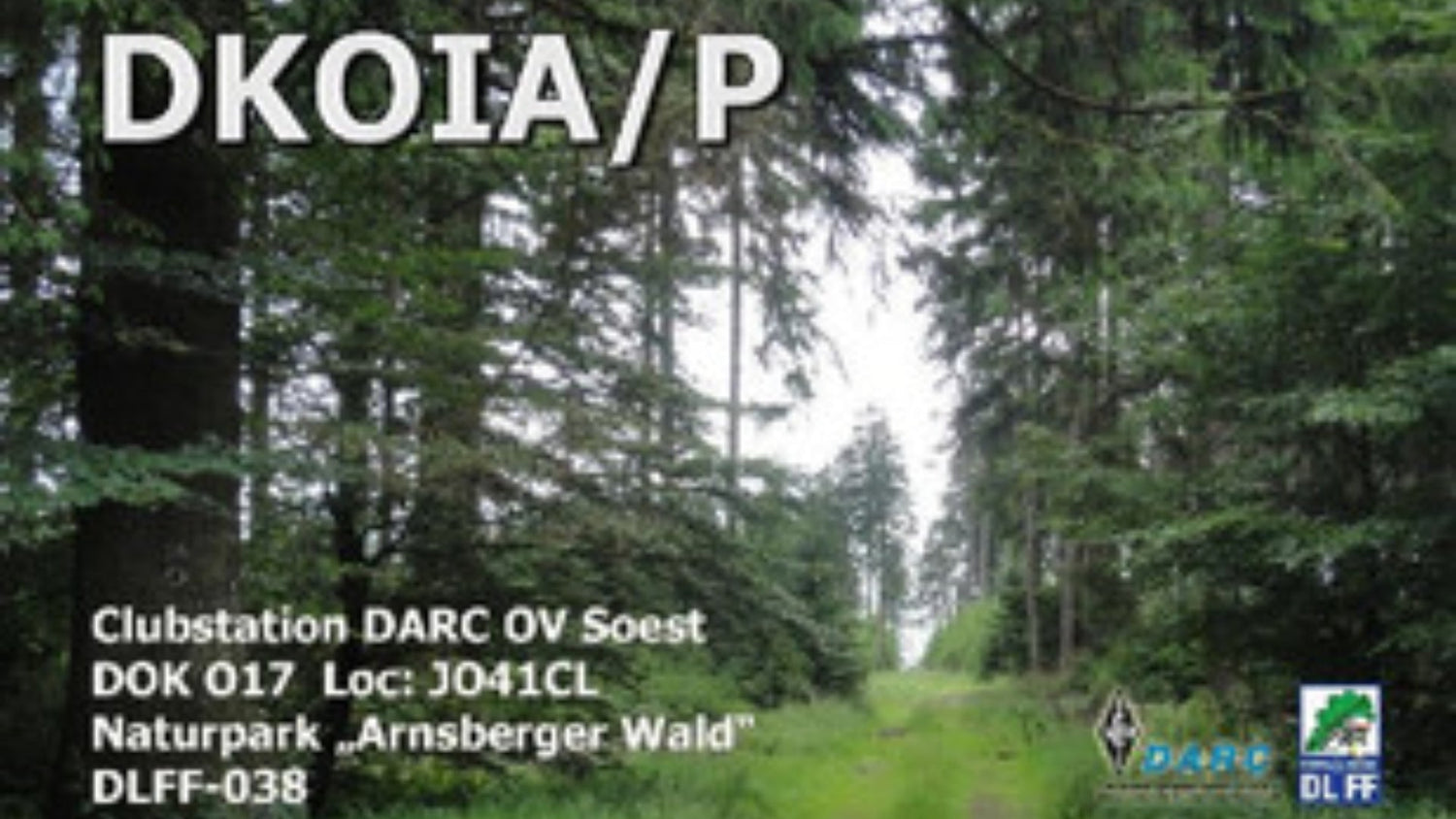
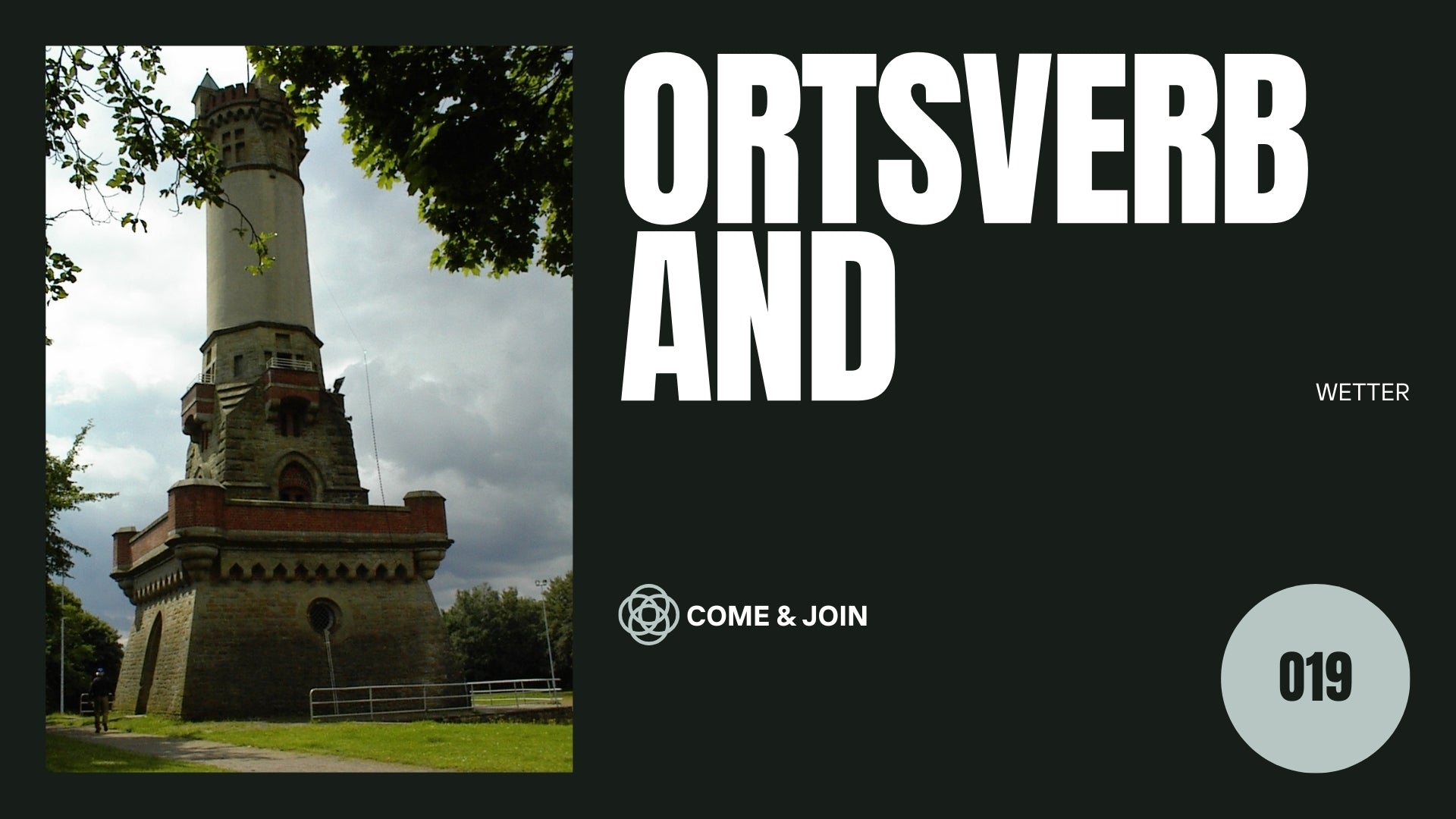

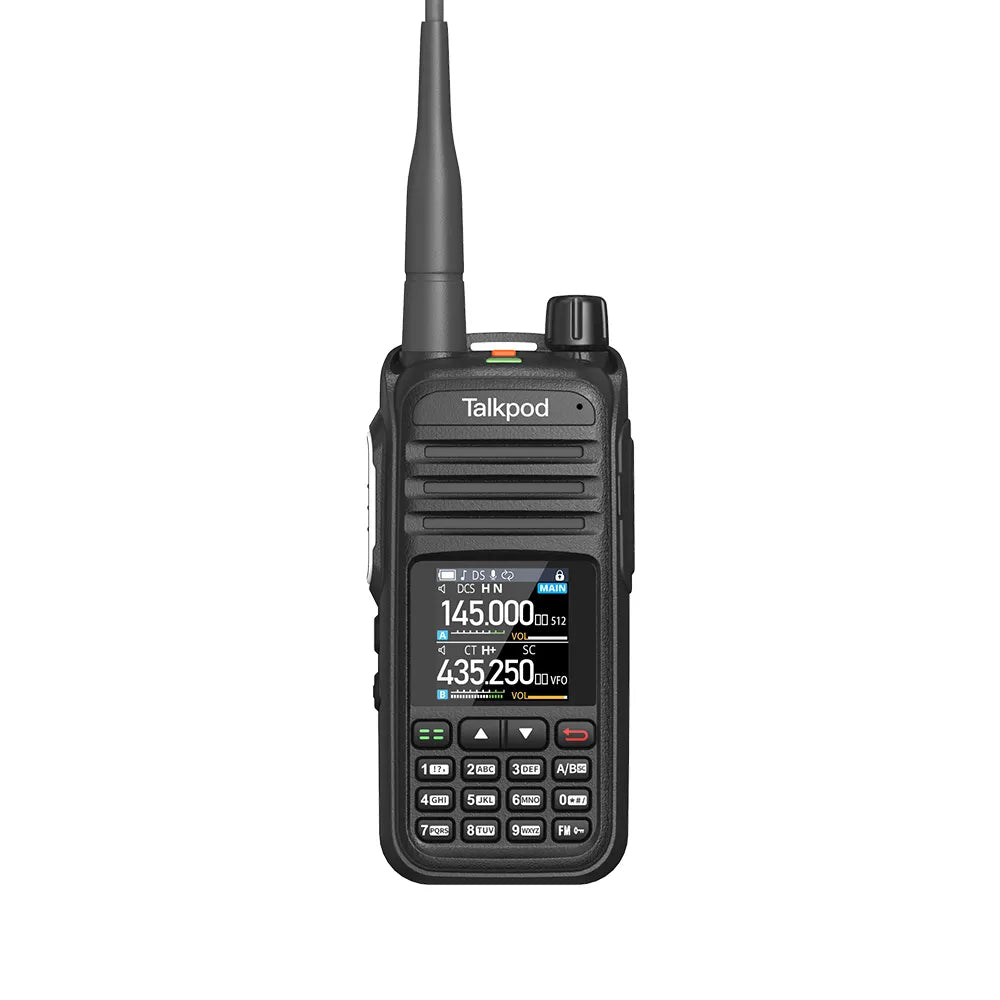
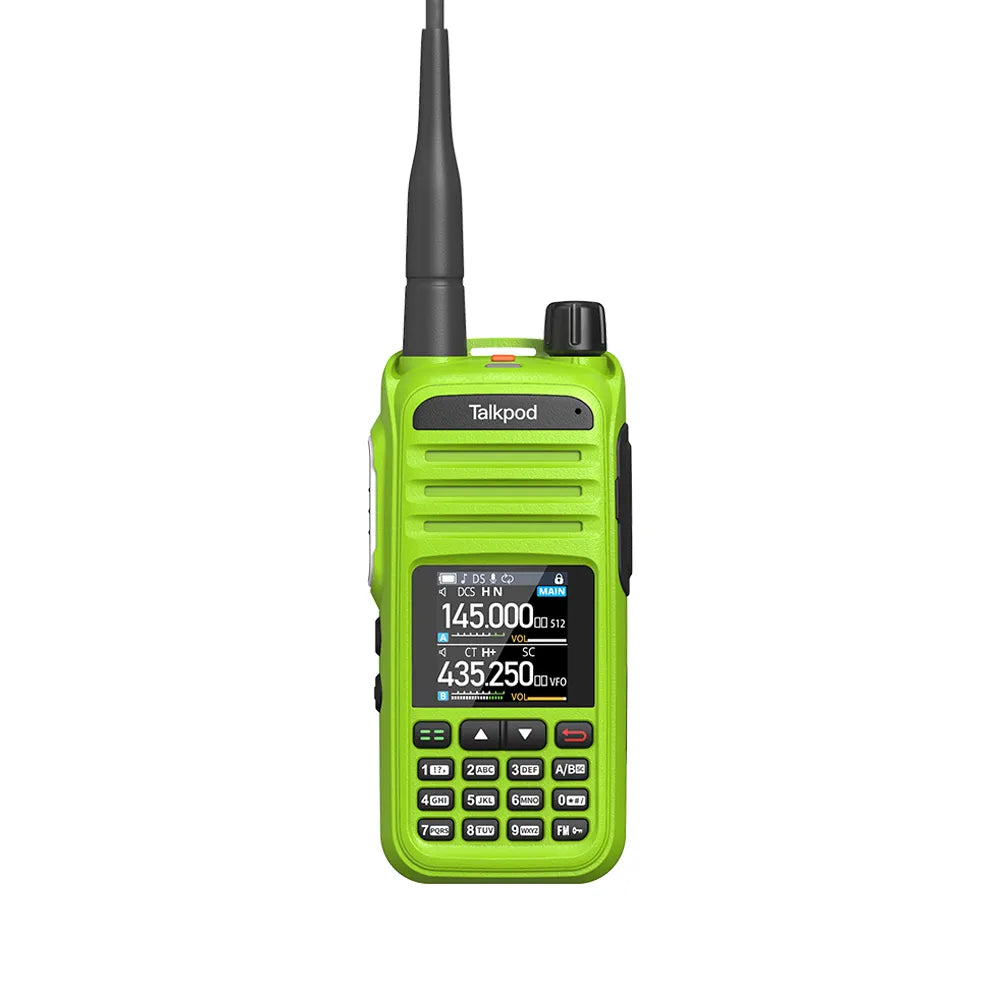
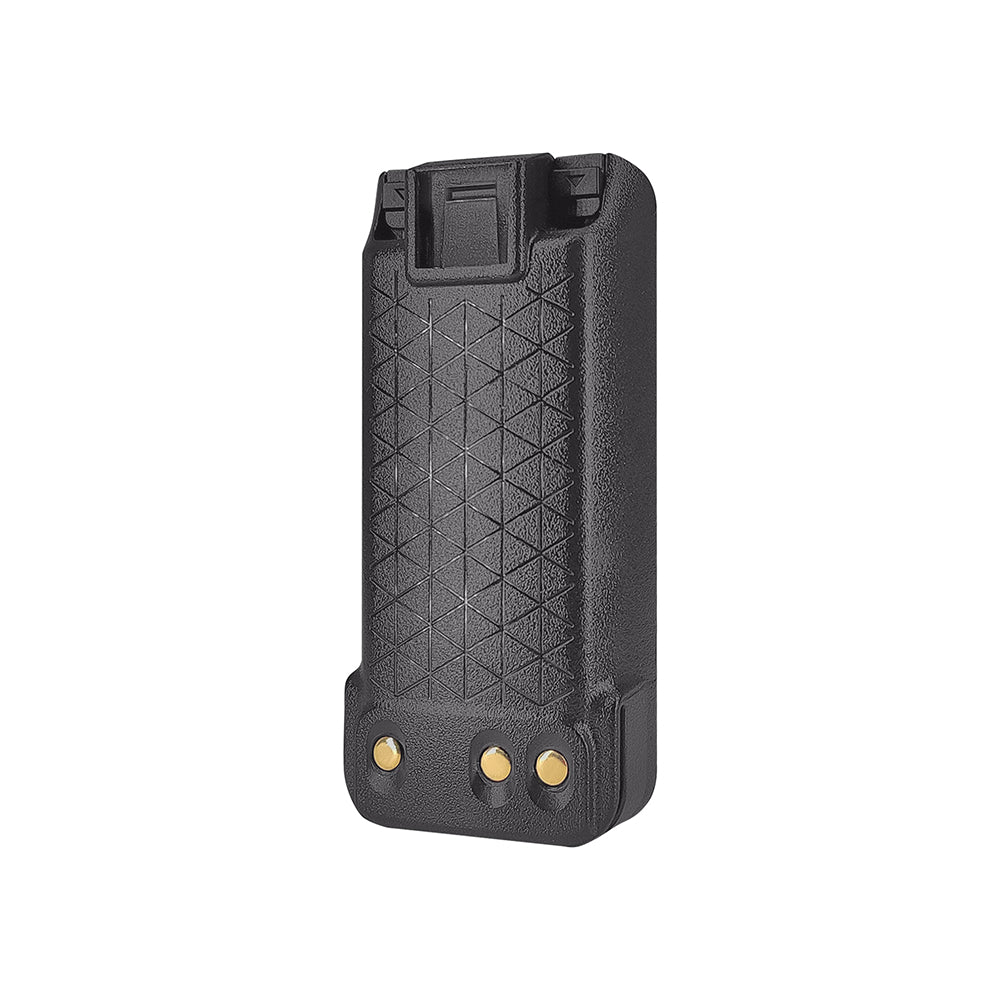
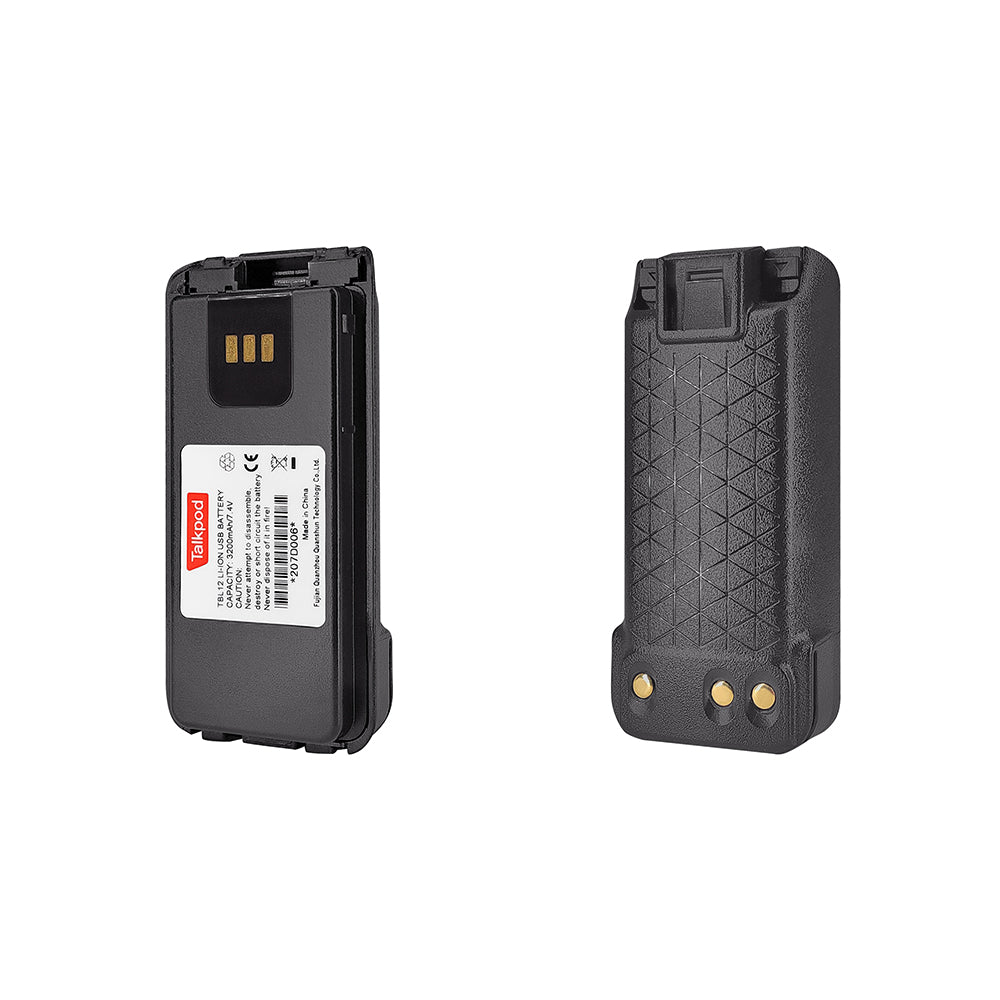
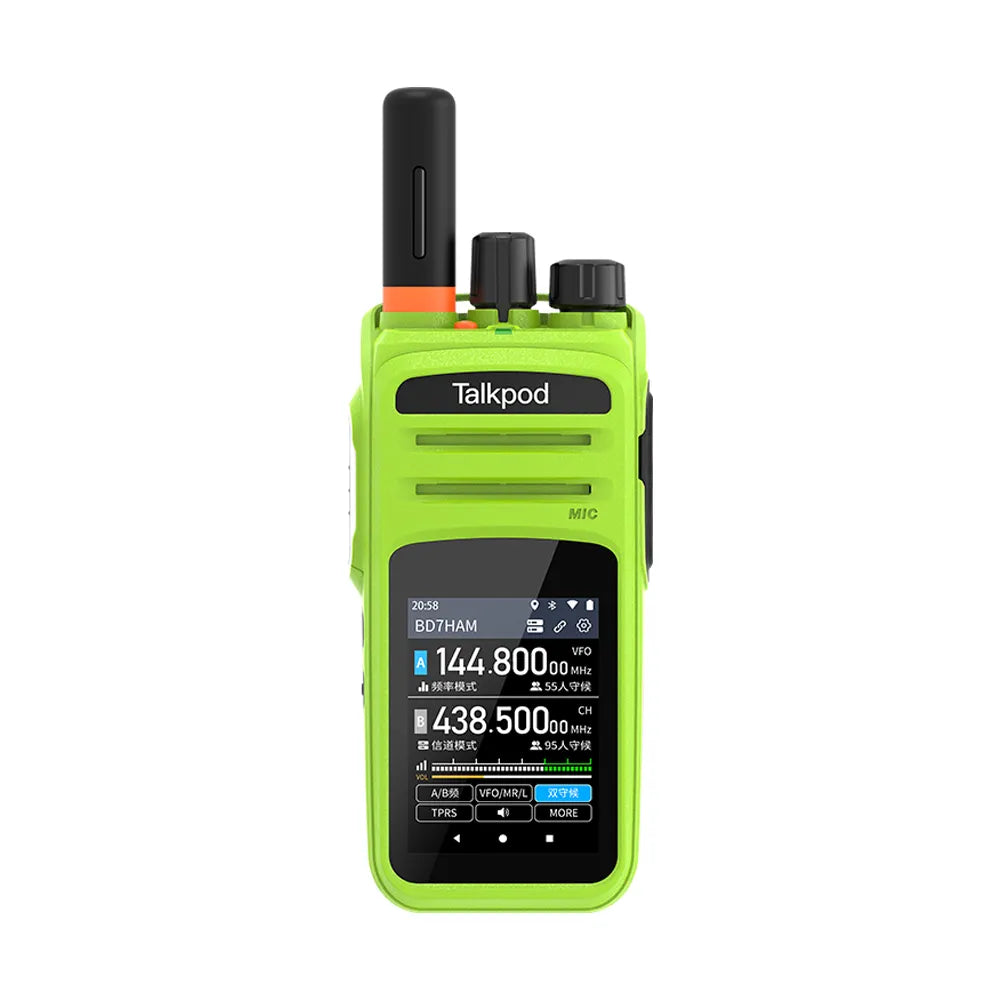
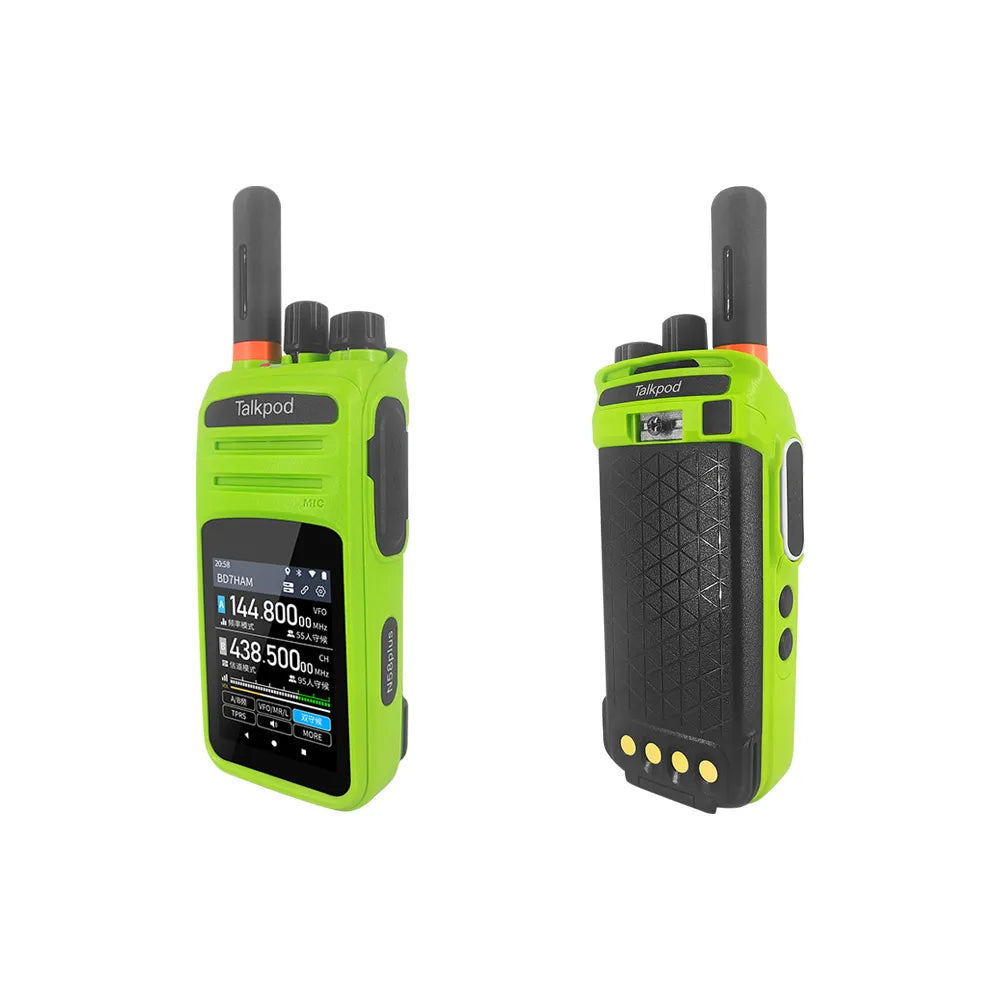


Leave a comment
All comments are moderated before being published.
This site is protected by hCaptcha and the hCaptcha Privacy Policy and Terms of Service apply.